#pseudoacacia
Explore tagged Tumblr posts
Text
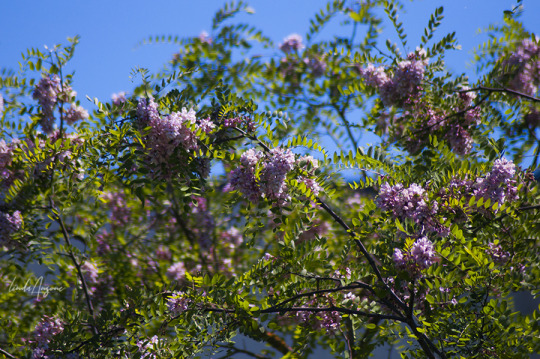
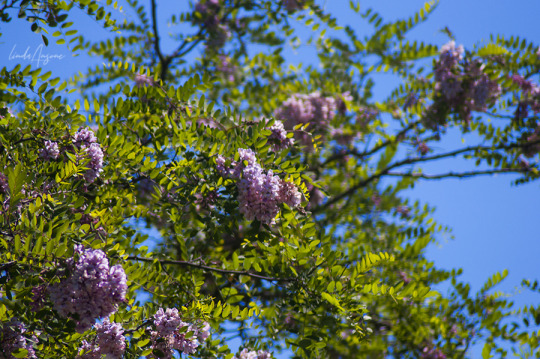
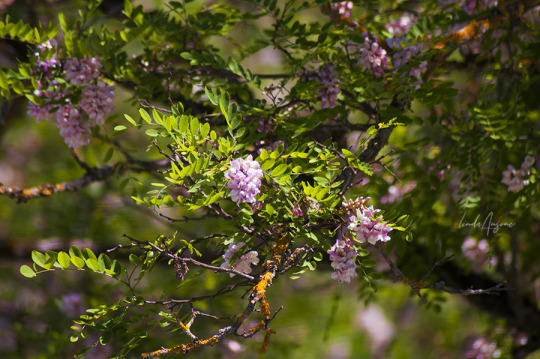
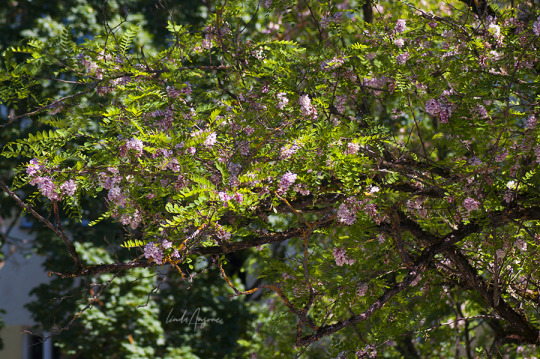
#blossoms#floral#plantcore#acacia#pseudoacacia#robinia#nature#nature photography#original photographers#photographers on tumblr
239 notes
·
View notes
Text
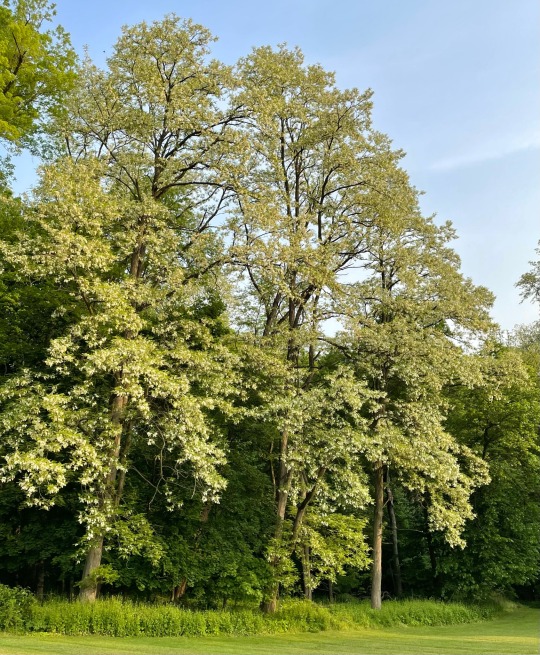
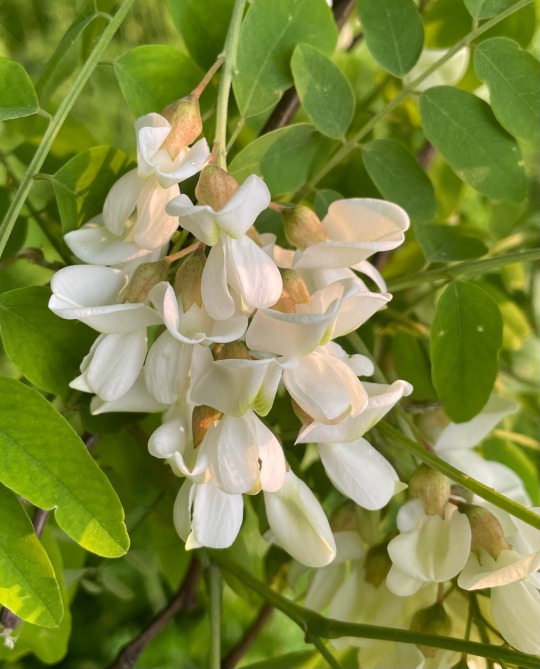
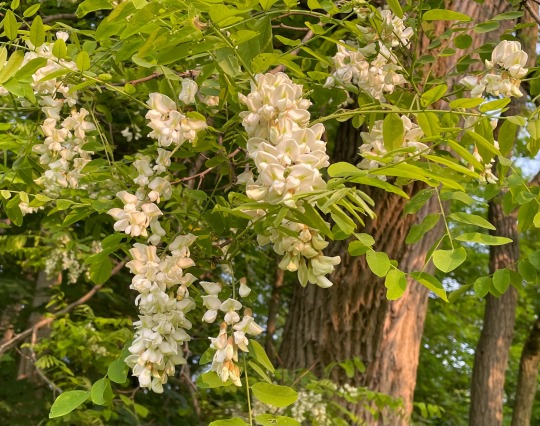
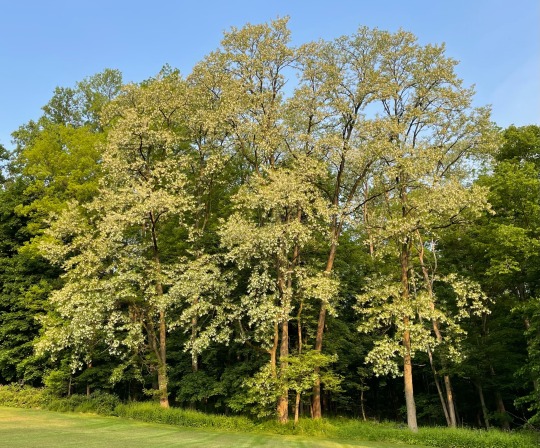
The black locust trees are in bloom and they are absolutely magnificent. The air around them smells sweet and it’s worth extra effort to smell the flowers up close.
#10/10 would sniff again#pennsylvania#flowers#flowering trees#black locust#robinia pseudoacacia#may#springtime#legumes
464 notes
·
View notes
Text
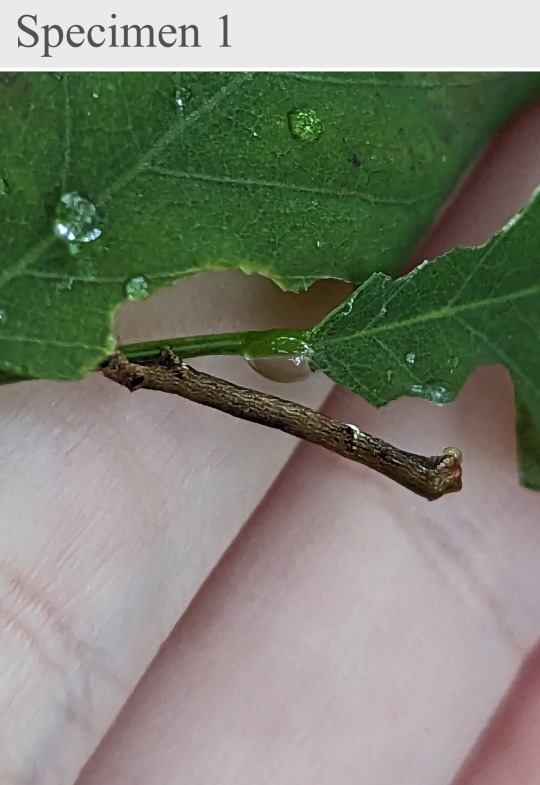


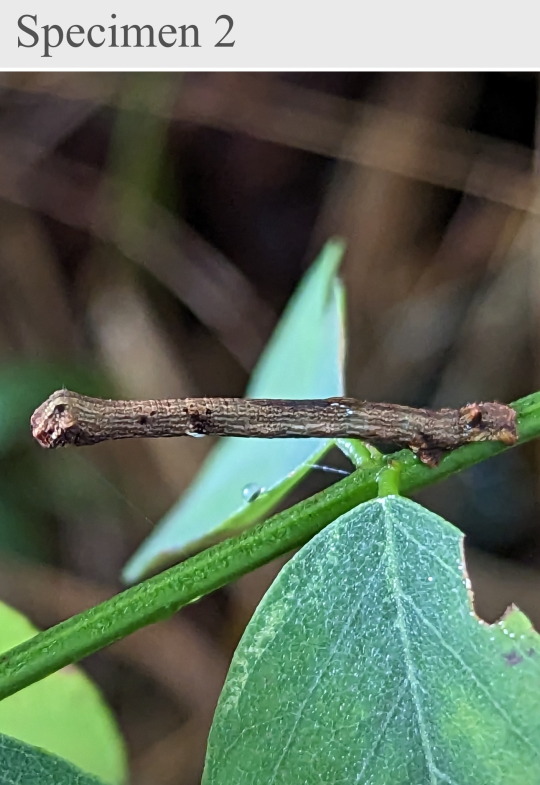
Inchworms found on Black Locust
Unidentified, family Geometridae Hostplant - Robinia pseudoacacia
23/03/23 - NSW, Berrima
#invertebrates#invertblr#Arthropods#Arthropoda#bugs tw#insects#insect#insecta#insectblr#insects tw#bugs#bugblr#bug#entomology#Unidentified#Geometridae#Robinia pseudoacacia#inchworms#geometer moths#larvae#larval stage#lepidoptera#lepidopterology
26 notes
·
View notes
Text
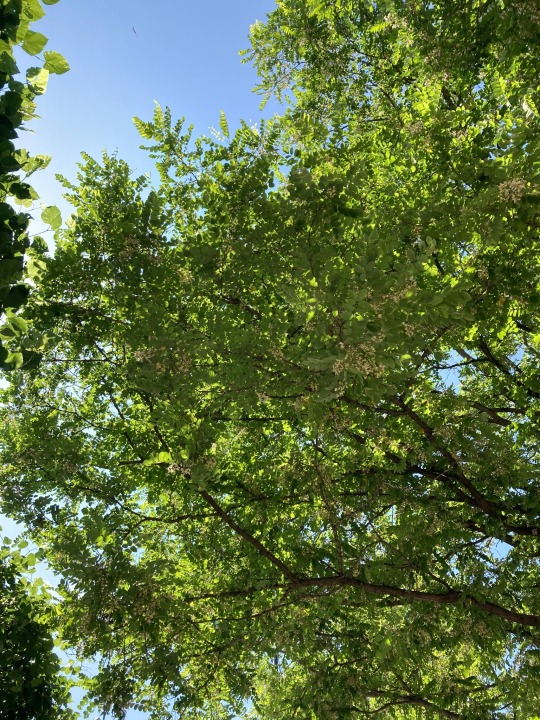

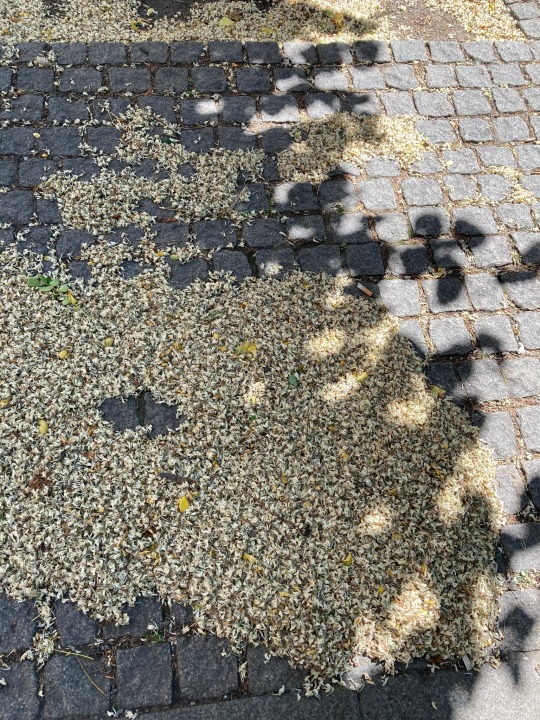

#black locust#robinia pseudoacacia#flowering trees#fallen blossom#sunlight through leaves#stockholm#sweden
2 notes
·
View notes
Text

Imposing Robinia tree in front of a half-timbered house.
Ich habe das Original Bild bearbeitet,im ember Ton
Die Aufnahme ist etwas über belichtet.
Schön modernisiertes Fachwerk haus im Schwäbischen Rottenburg,zeigt sich partiell hinter einer stattlichen Scheinakazie.
#robinia tree#robinia pseudoacacia#half-timbered house#edited version#ember#architecture#minimalistic
0 notes
Text

20.5.2024: Robinienblüte
#photojournal#phototagebuch#tagesphoto#photo diary#photo of the day#photo du jour#photo des tages#vienna#wien#urban nature#türkenschanzpark#20.5.2024#robinie#baumkunde#scheinakazie#Robinia pseudoacacia#Ari Fink Photography
0 notes
Text

Robinia pseudoacacia / Black Locust at the Sarah P. Duke Gardens at Duke University in Durham, NC
#Robinia pseudoacacia#Robinia#Fabaceae#Black Locust#Locust#Native plants#Native flowers#Native trees#Plants#Flowers#Trees#Nature photography#photographers on tumblr#Sarah P. Duke Gardens#Duke Gardens#Duke University#Durham#Durham NC#North Carolina#False acacia
1 note
·
View note
Text
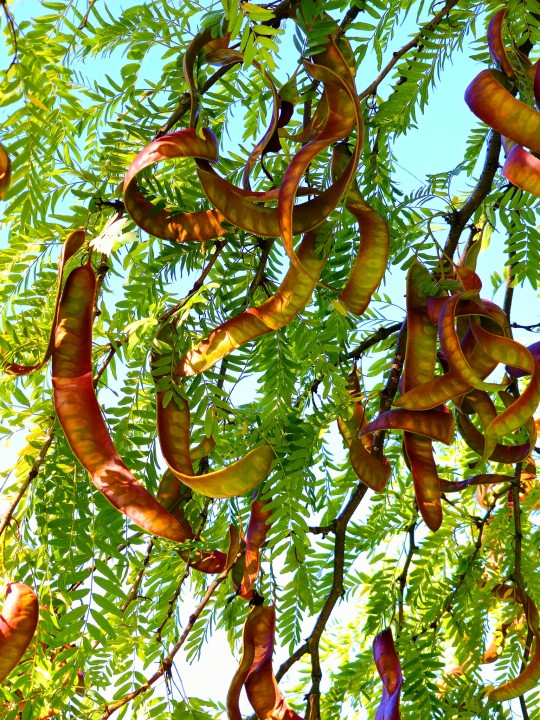
Robinia pseudoacacia
#photography#nature#landscape#beautiful#my photography#floral#myphone#tree#wood#botanic#plants#leaves#Robinia pseudoacacia
0 notes
Text
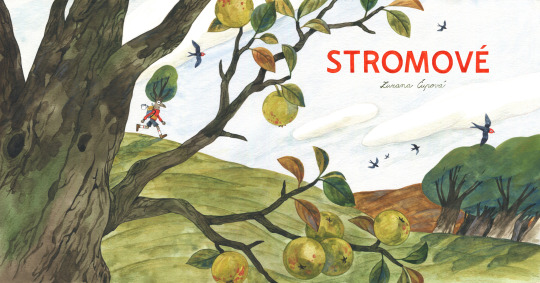
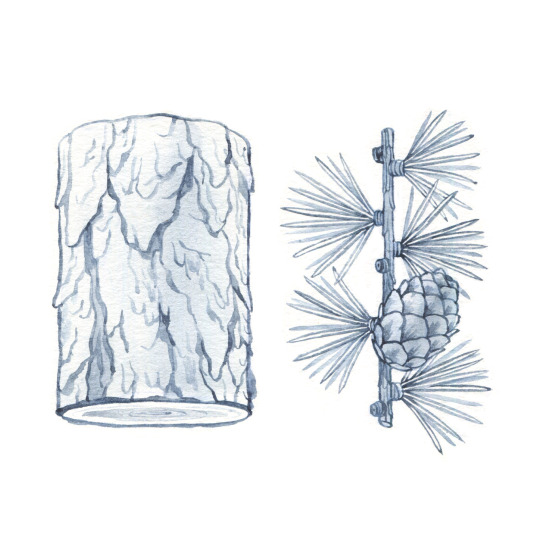

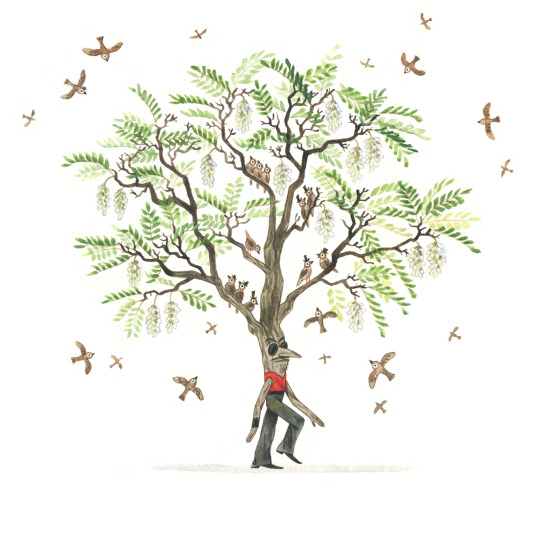

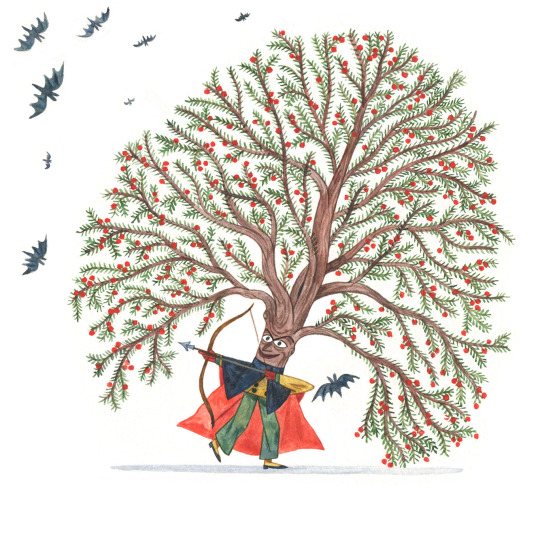

And so my book "Stromové" should be coming out in print this week, so scary 😬 Published by Centrum české dětské knihy Larix decidua Robinia pseudoacacia Taxus baccata 🌲🌳
2K notes
·
View notes
Text

Black Locust
Richmond, Virginia (USA)
Based on a photo from August 5, 2023.
Black Locust trees (Robinia pseudoacacia) are one of our native trees within the eastern U.S. The branches grow in a beautiful spray, with newer branches in a different shade of green from other branches on the tree. The visual effect is worth stopping to appreciate.
32 notes
·
View notes
Text

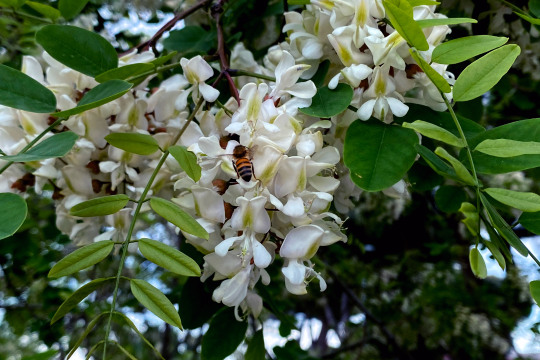
R – Robinia pseudoacacia L. – Robinia (Fabaceae)
#photographers on tumblr#digital image processing#original photographs#flowers#honey bee#pollination#Fabaceae
34 notes
·
View notes
Note
Fave type of tree?
well if ure expecting an answer like "oh i like oak trees" then id say my fave species to encounter on a day by day basis would be Robinia pseudoacacia!! the leaves are SO SO soft!!!!! and i do love me a nice Bean Flower :3c
but if i take ur question literally then id say any tree that can perform C4 photosynthesis :333 theres literally only like 3 or so species in the WHOLE WORLD that can do that!!! like C4 photosynthesis is just THAT rare in trees!!! iirc theyre all in Hawaii
and theyre all Euphorbias of course heheh 😌😌 which is how i know of them
#euphorbias my beloved#also. i always say that im charmed by Lamiaceae (mint etc) flowers (and flowers in the Lamiales order in general)#but i DO definitely enjoy a nice Bean Flower now and then (Fabaceae)#mine#plants
11 notes
·
View notes
Text
Acacia Honey

Anti-inflammatory action with benefits for the airway, helpful against sore throat, dry throat, and cough, energizing action, able to protect the stomach and the digestion, detox effect on the liver, mild laxative action, for external applications has moisturizing and protective qualities, useful to treat dry skin, irritated skin, and acne.
Robinia pseudoacacia, commonly known as black locus of false acacia, is a tree that belongs to the Fabaceae family. Thanks to this plant one of the best known and well appreciated honey is obtained. This honey is characterized by a light yellow color and a liquid consistency, it has a delicate taste and is also very versatile. It is highly digestible and energized and for this reason it is the ideal choice for breakfast or snack for sporty people or for those people who are going through very stressful times.
In addition to this, acacia honey has also a detox activity on the liver and is able to improve the intestinal functions with a mild laxative effect. It is able to counteract sour stomach and thanks to its anti-inflammatory and antiseptic properties, it can be added to herbal teas and decoctions to bring relief in case of problems of the respiratory tract, sore throat, cough and dry throat. Moreover, acacia honey can also be used as an ingredient for the preparation of cosmetics for the skin of the face, hands, and body. It has moisturizing and protective actions, making it perfect for dry and irritated skin.
You can prepare a mask by applying the honey directly to your face or body and letting it rest for 30 minutes before rinsing it off.
#studyblr#studying#study motivation#herbalism#herbalist#herbs#holisticliving#holistic approach#holistichealth#holisticwellness#life coaching#ingredients#apothecary#plants#natural remedies#natural body#honey
2 notes
·
View notes
Text
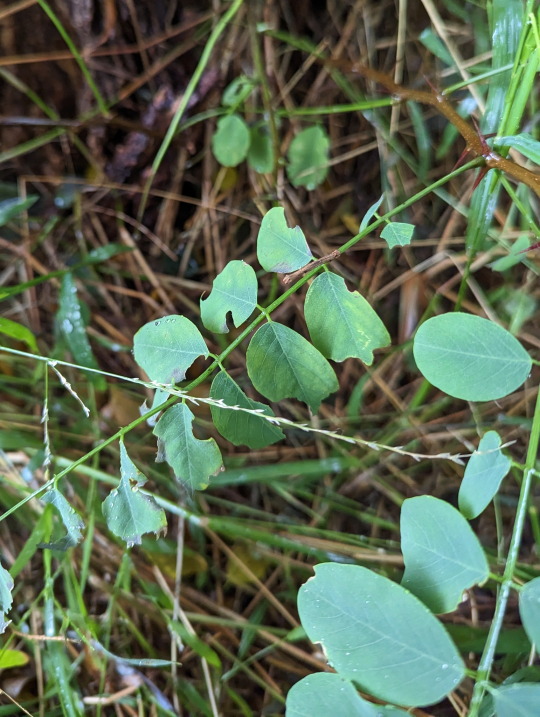
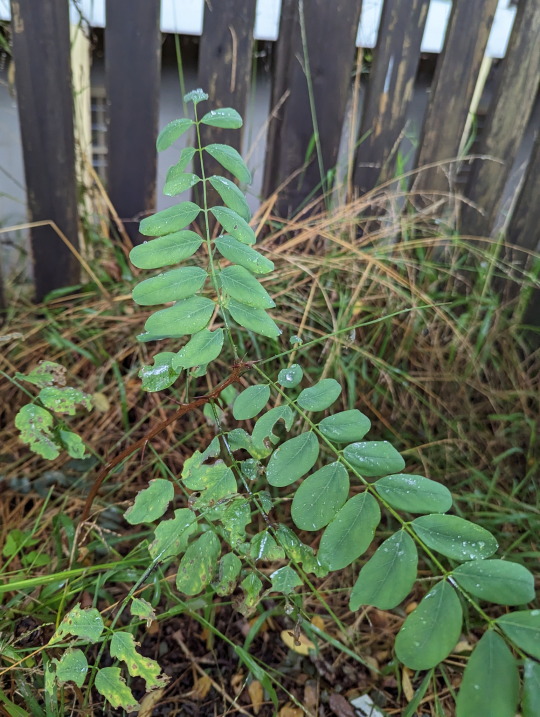

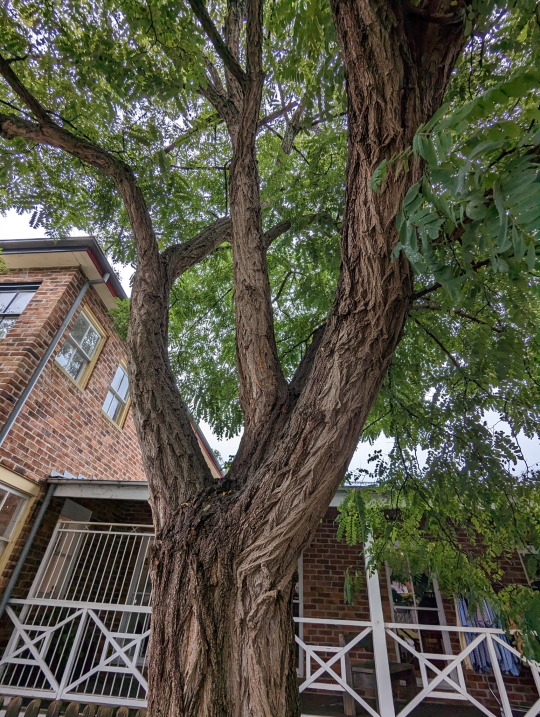
Black Locust (Plant)
Robinia pseudoacacia
23/03/23 - NSW, Berrima
#Black Locust#Robinia pseudoacacia#locust trees#Fabaceae#Legumes#Fabales#Magnoliopsida#dicots#Angiospermae#Flowering Plants#Tracheophyta#Vascular Plants#Plantae#plants#angiosperms#trees#botany
4 notes
·
View notes
Text
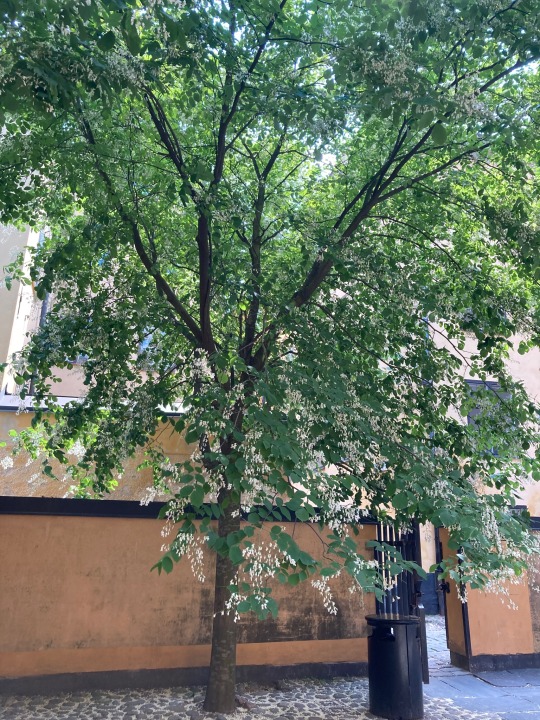


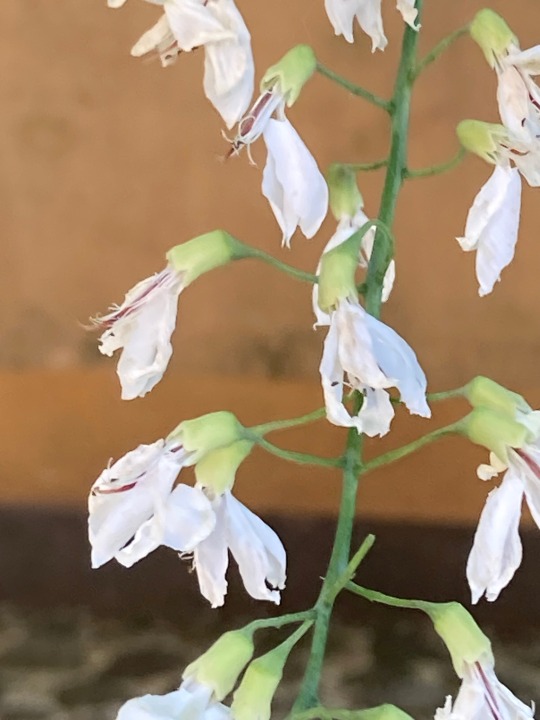
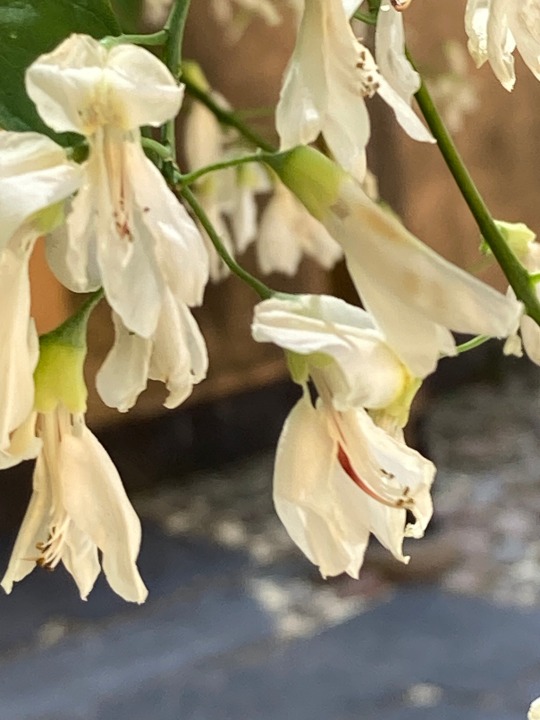
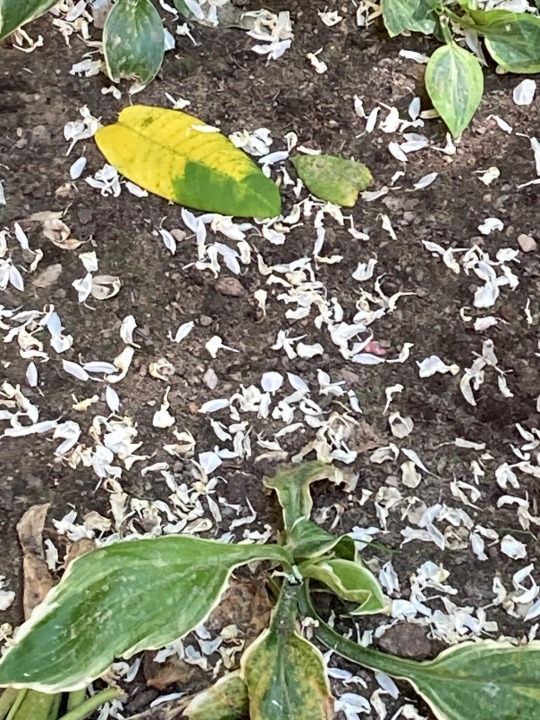
#black locust#robinia pseudoacacia#flowering trees#fallen blossom#white blossoms#gamla stan#stockholm#sweden
0 notes
Text

Blossoms and leaves from a robinia pseudoacacia tree in black vase
0 notes